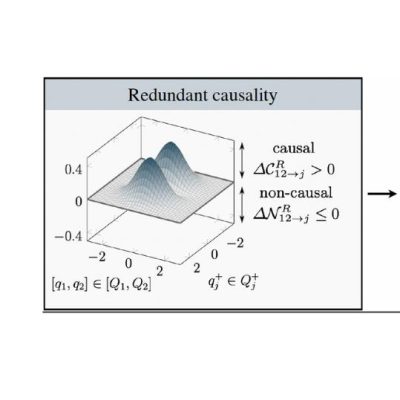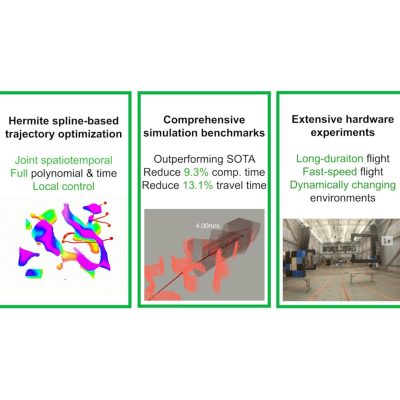
A comparative study of the impact of virtual reality on student learning and satisfaction in aerospace education
Mollie Johnson (Engineering Systems Lab) and co-authors explore outcomes from teaching aerospace engineering fundamentals in virtual reality during a new AeroAstro course offered during IAP in January 2024. The study analyzed the efficacy of using VR in aerospace engineering education. The paper earned the “Superior Student Paper Award” at the 2024 American Society of Engineering Education annual conference.
Authors: Mollie Johnson, Rea Lavi, Olivier de Weck, Prabhat Hajela, Luca Carlone, Siyi Hu, Marcus Abate, Zeyad Awwad, Yun Chang
Citation: 2024 ASEE Annual Conference & Exposition, Portland, Oregon
Abstract:
Aerospace education is a continuously evolving field that is increasingly dependent on digital tools. However, shifting the existing paradigm to accommodate new cutting-edge technologies within engineering curriculums is an ambitious challenge. Extended reality (XR), which refers to augmented or virtual reality, is an example of such technology. XR technology has a history of use within the working aerospace industry, and using XR materials in education has been proposed in some learning environments, but its application in aerospace engineering curricula remains largely unexplored to date.
The challenges we aim to address in our study are two-fold: firstly, we seek to uncover innovative ways to seamlessly incorporate XR learning modules, specifically VR learning modules, to complement the existing aerospace engineering curriculum. Secondly, we aim to validate whether VR technology as a teaching medium can improve learning outcomes in aerospace education. As such, we designed Aeroverse, a short, experimental course to provide an introduction to fundamental aspects of aerospace engineering aided by VR. This three-week course took place in January 2024 and featured custom and existing VR education simulations. The content of the simulations encompassed various aerospace disciplines, such as systems engineering, aerodynamics, and autonomy, all at the university level.
In order to gain a comprehensive understanding of the impact of VR on learning, students were randomly divided into two groups that alternated during the course: one group followed traditional teaching methods, while the other utilized the VR modules as a part of their learning experience. The content for both groups was near-identical and used active learning principles to facilitate student engagement; the medium in which it was presented was different. Our hypothesis anticipates an increase in learning outcomes and overall student satisfaction with VR technology as the driving force. To quantify these criteria, students from both groups were subjected to quizzes after the modules to measure their levels of knowledge and perceived learning outcomes through grades. Additionally, pre- and post-module reflections were conducted to gauge student satisfaction and confidence in meeting learning objectives.
The implications of our study may influence the decisions of other educators regarding the adoption of XR technology as supplements to their teaching methodologies. This study also contributes to the broader discussion on the utility of this technology in the evolution of aerospace education.

